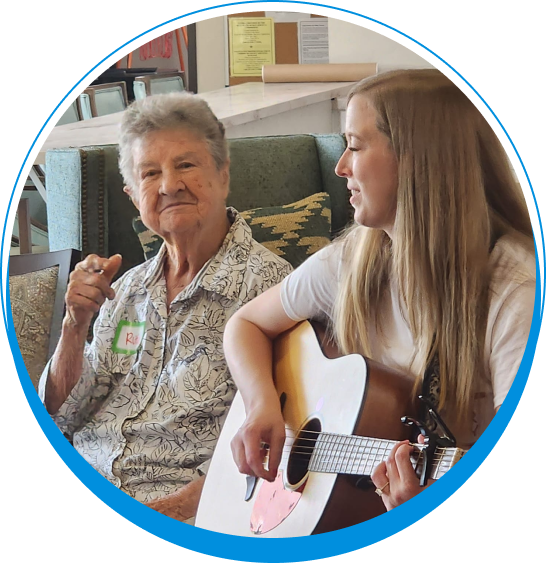Dementia is not a typical disease model. While it is a progressively worsening terminal disease like many others, the rate of progression from mild to advanced dementia can vary from three to 20 years. And as the disease continues to destroy brain cells, patients increasingly depend on care partners for assistance.
This means that care partners for people with dementia are particularly vulnerable to burnout and fatigue due to the long process of decline. They feel grief and loss, not unlike a death in the family; but instead of being sudden, it is spread out over years with multiple losses.
One way to mitigate this long-term experience of fatigue and grief is by building resilience, defined for our purpose as the capacity to recover from or adjust to adversity. It can mean a greater ability to maintain well-being and effective functioning in the face of high levels of disruption, or the capacity to bounce back from difficulties involving family, relationships, health, work, home, finances, etc.
Dementia affects care partners – and that necessitates resilience.
The fatigue and grief experienced by caregivers has very real consequences:
- Care partner spouses between the ages of 66 and 96, who are experiencing mental and emotional strain, have a 68% higher risk of dying than people the same age who are not caregivers
- Adult children have a 63% higher risk of dying over the course of caregiving for four or more years
- According to a UCLA study:
- 41% of women care partners and 54% of men care partners cope by using alcohol
- 51% of care partners admit to “overusing” prescription medications
- 16% start to smoke again after quitting, sometimes years later
- 72% are overweight
There are four dimensions of caregiver burnout and fatigue.
- The emotional/mental dimension is characterized by anger, anxiety, denial, depression, exhaustion, feeling overwhelmed, irritability, mood swings, emotional fatigue, social withdrawal and loss of interest in activities.
- The physical dimension consists of insomnia and poor sleep, difficulty concentrating, headaches, muscle tension, physical fatigue, gastrointestinal problems, self-neglect and poor eating habits.
- The social dimension is primarily characterized by withdrawal from community, avoidance of social events and obligations, isolation and minimization of contact.
- The spiritual dimension involves feeling hopeless, spiritual disconnection (“God has abandoned me”), spiritual strain (“God is so far away”), and spiritual doubt (“How can I believe in God when this terrible thing is happening?”).
For each of these dimensions, the following tools can help build resilience.
- Emotional and mental resilience can be built through:
- Adopting a positive outlook
- Tapping into your self-confidence
- Creating structure and routine
- Using your imagination to solve problems
- Acknowledging the situation and rising above it
- You can cultivate physical resilience by:
- Practicing good nutritional habits
- Getting regular exercise
- Giving yourself time for rest and recovery
- Developing endurance through your support systems
- Social resilience can be built through:
- Maintaining connections and asking for help
- Finding a listening ear
- Delegating to family and friends
- Surrounding yourself with positive people
- Building a larger support team full of family, neighbors, friends, community resources, professional care managers, etc.
- You can develop spiritual resilience by:
- Finding meaning by helping others
- Shifting your reference from a focus on problems to solutions
- Changing your perspective to see the impact your negativity may be making
- Leaning into gratitude and counting your blessings
Try these exercises to build resilience.
- Storytelling Activity: Consider an example in your life where you continue to repeat a story that produces worry or anxiety. Try writing out a new version with a more positive interpretation. Recognize how you feel in the process.
- Find the Silver Lining Activity: Think about an upsetting experience you have had recently. Rather than focusing on the frustration of the experience, reflect on three positive things about it.
- Self-Compassion Activity: Think of a difficult circumstance in your life that has been concerning you. Write down some details about the event. What would you tell a friend in that situation? What tone would you use? What actions would you take?
- Mantra/Identity Statement Activity: Recite a personalized identity statement that emphasizes a positive quality and specifies something you want to become in five seconds, such as “I am confident and passionate,” or “I’m consistently excellent every day as a care partner, wife, and mother.” “I can do anything for a little while.”


